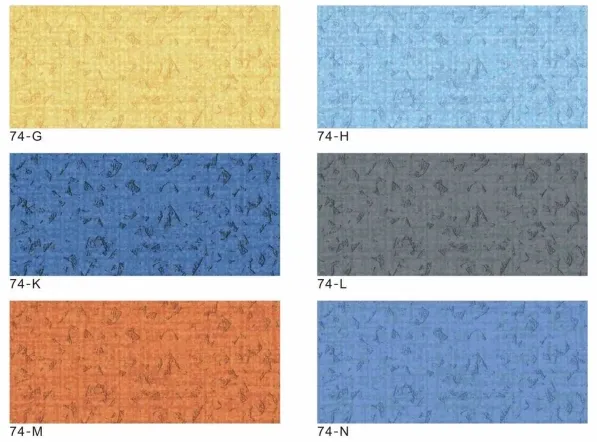enlio how to clean a commercial kitchen floor
How to Clean a Commercial Kitchen Floor
Cleaning a commercial kitchen floor is a vital part of maintaining hygiene and safety standards in any food service environment. A clean floor not only enhances the overall appearance of the kitchen but also prevents slips, trips, and falls, and minimizes the risk of cross-contamination. Here’s a comprehensive guide to effectively cleaning a commercial kitchen floor.
1. Gather Supplies
Before you begin the cleaning process, gather all necessary supplies. You will need
- A broom or vacuum cleaner - A mop and bucket - Commercial-grade floor cleaner - Scrubbing brushes or pads - Hot water - Gloves and protective footwear - Safety cones or signs to indicate slippery surfaces
2. Sweep or Vacuum
Start by removing any loose debris from the floor. Use a broom to sweep up food particles, dust, and other debris, or utilize a vacuum cleaner designed for commercial use. This step is crucial as it prevents dirt from turning into grime during the mopping process.
3. Pre-treat Stains
Inspect the floor for any stubborn stains or sticky spots. Apply a suitable pre-treatment cleaner to these areas, allowing it to sit for a few minutes to break down grease and food buildup. For tough stains, using a scrubbing brush can help lift the grime effectively.
4. Prepare Cleaning Solution
enlio how to clean a commercial kitchen floor

In a clean bucket, mix a commercial-grade floor cleaner with hot water according to the manufacturer's instructions. Commercial cleaners are formulated to cut through grease and eliminate bacteria, making them ideal for kitchen environments. Ensure the cleaning solution is appropriate for the type of flooring in your kitchen, whether it’s tile, vinyl, or concrete.
5. Mop the Floor
Dip the mop into the cleaning solution, ensuring it is well-saturated but not dripping. Begin mopping from one corner of the kitchen and work your way towards the exit. This method prevents stepping on the freshly cleaned areas. Make sure to apply extra pressure on heavily soiled spots and change the solution in the bucket as it becomes dirty.
6. Rinse (If Necessary)
Depending on the cleaner used, you may need to rinse the floor after mopping. If so, fill a bucket with clean water and mop over the floor once more to remove any residue from the cleaning solution. Rinsing helps to prevent any slippery residue that could pose a safety hazard.
7. Dry the Floor
Once you have finished cleaning, allow the floor to air dry. If time is of the essence, consider using a wet/dry vacuum to remove excess water or a floor squeegee to expedite the drying process. Place safety cones or signs around the area to warn staff of the wet floor until it is completely dry.
8. Regular Maintenance
To maintain a clean commercial kitchen floor, establish a regular cleaning schedule. Daily cleaning, along with weekly deep cleans, will help keep the space hygienic and safe. Train staff on proper cleaning techniques to ensure compliance with health standards.
In conclusion, cleaning a commercial kitchen floor is a task that requires diligence and the right techniques. By following these steps, kitchens can maintain a safe and sanitary environment, ultimately contributing to the overall success of the business. Regular cleaning not only adheres to health regulations but also enhances the operational efficiency of the kitchen.
-
Waterproof Advantages of SPC Flooring Vinyl in KitchensAug.06,2025
-
SPC Hybrid Waterproof Flooring Thickness GuideAug.06,2025
-
Leveling Subfloor Before My Floor SPC InstallAug.06,2025
-
How Mesh Deck Skirting Improves Outdoor Pest ControlAug.06,2025
-
Choosing the Right Commercial Flooring for Your Business NeedsAug.06,2025
-
Choosing the Best Residential Flooring: A Comprehensive Guide to Style, Durability, and ComfortAug.06,2025




